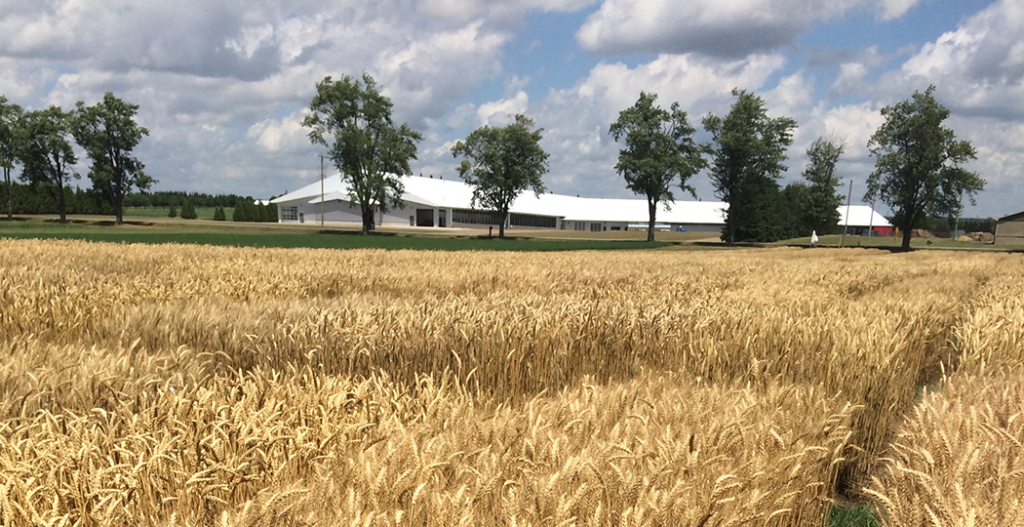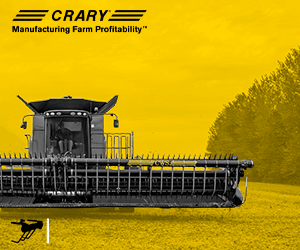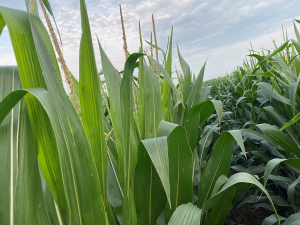Protect your wheat quality
WHEAT HARVEST UPDATE

COMBINES ARE HEADING back into wheat fields after sitting idle for two weeks in some parts of Ontario. Wet weather prevented harvest and its now creating quality concerns in some fields.
Farmers will need to manage their wheat crop to achieve the best quality and avoid any grade penalties at their point of delivery.
SPROUTING
Wheat fields that are physiologically mature (below 35 – 40 per cent moisture) are at risk of pre-harvest sprouting when the grain is exposed to wet conditions. Most farmers are familiar with the high risk of sprouting in white wheat, but other classes can see sprouting if wet weather conditions persist. It can also be variety specific.
Sprouted wheat leads to low falling numbers which affect the baking quality of the flour. For more information on sprout damage visit the Canadian Grain Commission.
As wheat gets wet, the enzymatic activity in the kernel starts the germination phase of the seed. This activity uses up stored starch and lowers the test weight of the grain. Wheat grading is also dependant on test weights and lower test weights receive lower grades: 360 grams per ½ litre or 74 kg/hl is the magical cut off for Grade 2. More grading considerations can be found here.
DISEASES
Some wheat fields around the countryside may appear to have a black, sooty mould on the plant. Fungus growth caused by the recent rains and humidity produces moulds. Fields that matured early, those killed by drought or disease, or those harvest-delayed due to rains, may be seeing more of this mould. Generally, with enough fan speed on the combine, this mould should blow out of the combine during harvest.
With the variable weather conditions at wheat maturity, we may also be experiencing Black point in some areas.
Mildew is also starting to appear in wheat in those areas hit by rain. It can develop on mature kernels when there is excess moisture.
CONSIDERATIONS FOR HARVEST 2021
- Harvest as soon as grain is mature. During wet conditions, it is better to pay a little for drying than to have low quality.
- If grain is dirty or infected, turn up the fan and blow the mould and small kernels out.
- If wheat has lodged areas, check for quality differences and keep this grain separate so you don’t lower the grade of your entire crop.
- Bring a representative sample to your receiving location(s) to verify quality before you deliver a load. Discuss your options if the grade isn’t what you expect.
- If you have on-farm storage and drying capabilities, you could look for marketing opportunities later.
Marty Vermey is Grain Farmers of Ontario’s senior agronomist. Laura Ferrier is Grain Farmers of Ontario’s agronomist. •










